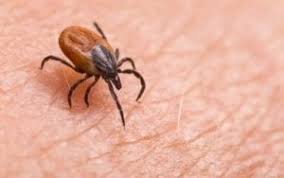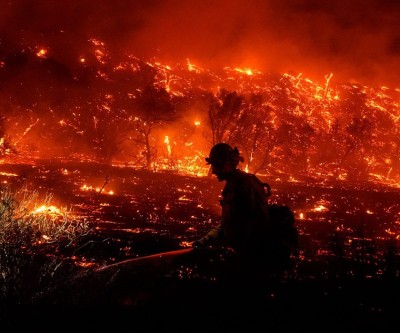Latest News
- Niagara police officer shot in Welland; 'Stay at home' order remains in effect
- Trump halts green card lottery, controversial decision after deadly shooting in Massachusetts
- Canada Life denies amputation coverage to RCMP officer injured in line of duty; activists say he's not alone
- Ontario's provincial plan for 2025 is fully completed.
- Rare adoption of a polar bear cub near Churchill confirmed by scientists
Latest Ads
-
Jasmine Jewel
Call
-
Omidan group
Call
-
Amir Madanpour
Call
-
Dimo studio
Call
-
Yorkacademy
Call
-
Maryambagheri
Call
-
Shishlix Restaurant
Call

The increase of an insect with a painful bite and a scary name in Ontario 2024
An insect called the masked predator (Reduvius personatus) can use its surroundings for camouflage. Although this species is native to Europe, it accidentally entered North America, where it has now spread over most of Canada, the eastern and central United States, as well as parts of the northwest, but Ontario has become the main focus of these insects.
Baby masked raptors are scarier than adults because of their ability to camouflage. They build two layers of camouflage out of dirt, sand and anything else they can find to hide themselves from predators.
Ontario has become one of the continent's hottest spots for masked predators. More worryingly, reports of people being bitten by these insects have increased in recent years.
The masked hunter's defense tool is similar to a bee sting and its swelling lasts up to a week.
news source
Suggested Content
Latest Blog
Login first to rate.
Express your opinion
Login first to submit a comment.
No comments yet.


































